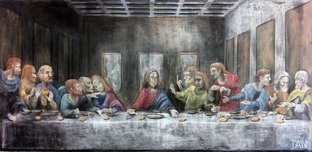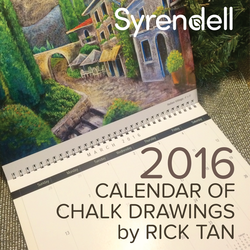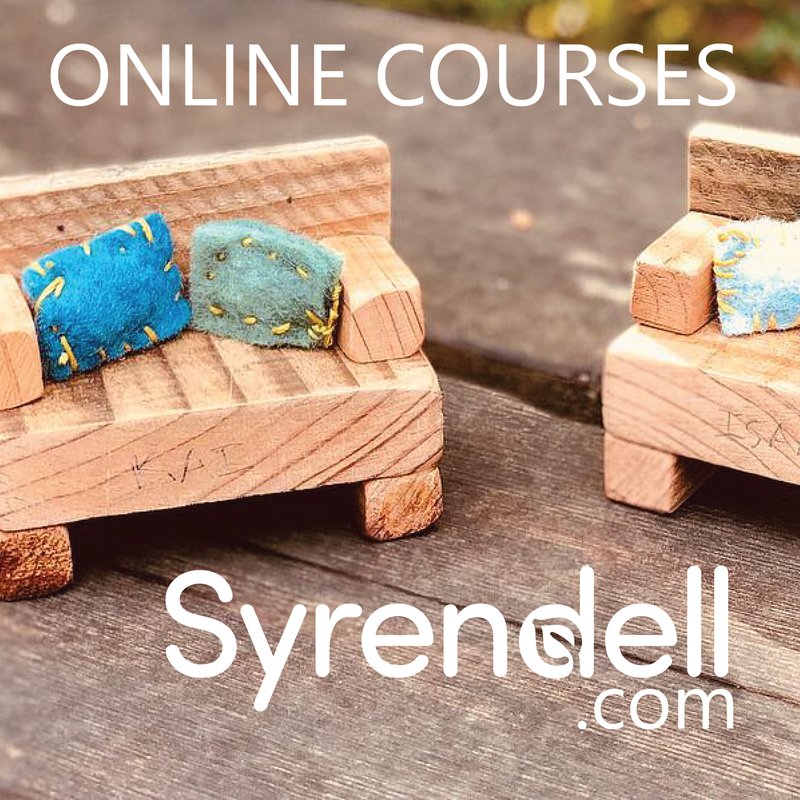|
The eighth grade teacher of East Bay Waldorf in El Sobrante, CA, was in the classroom preparing for his new block on the Industrial Revolution. I came in to say hello, excited and nervous about starting my first day at a Waldorf campus as the specialty math and science teacher. Mr. Loubet turned away from the blackboard with a smile and piece of colored chalk in hand. He had kind eyes and a welcoming smile, and when he returned to his work, my attention went to the blackboard. It took me a moment or two to realize what I was looking at: an Impressionist-style scene of a European city, 4 feet tall by 5 feet wide, rendered in chalk. Blackboard chalk! It was remarkably beautiful and colorful and alive. (It was worlds away from the white chalk my teachers used to make me learn spelling words on the board!) Mr. Loubet's chalk drawing radiated with warm, loving light. It was more than art, it was a beacon of creativity, human striving, and Waldorf wonder. That morning, Mr. Loubet inspired me to regard blackboard chalk drawing as a blessing and meditation, as well as an art form to engage us in the appreciation of learning. So in the years that followed as a Waldorf teacher, I approached every chalk drawing as an opportunity to connect to the curriculum and the children. Every drawing was mindfully chosen and meticulously executed. Every drawing told a story and taught a concept. Every drawing was a labor of love, nearly three hours of my weekend spent in the classroom to be ready to signal a new block. I would return home covered in chalk dust. And when the end of the block came, usually 4-5 weeks later, I would then erase the drawing, and get the board prepped for a new one. Three hours to draw, three minutes to erase! It is the way of Waldorf Chalk Art. It was meant to be transient. Like Tibetan sand mandalas. Like life itself: it is born, it is precious, it returns to the earth, like (chalk) dust in the wind. One chalk drawing was difficult to part with. It was my rendition of Leonardo da Vinci's The Last Supper. It took me not three hours to draw, but instead twelve hours - half of my Sunday on a weekend before the
I hope that, in the classrooms I was grateful to be in and for the students I was happy to teach, the transient nature of my chalk drawings had made some kind of impact, in just the same way that Mr. Loubet's kindness and artistry had made a mark on me. Comments are closed.
|
Archives
June 2023
|





 RSS Feed
RSS Feed
